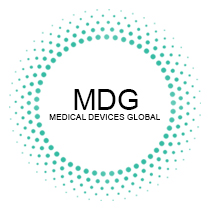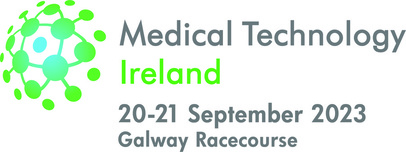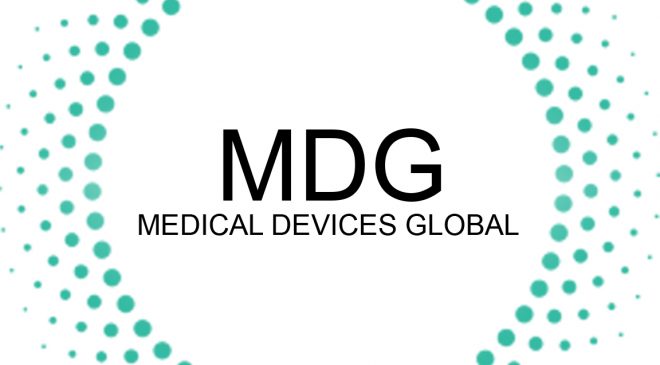The rapid expansion of telehealth services is reshaping the healthcare landscape, and with it, the regulatory framework governing medical devices. As telehealth becomes an integral part of healthcare delivery, regulators are adapting to ensure patient safety, device efficacy, and compliance in this evolving digital era.
1. Telehealth and Remote Monitoring
Telehealth technologies, including remote patient monitoring (RPM) devices, have become essential for delivering care at a distance. Regulatory agencies are working to establish guidelines for RPM devices that ensure their accuracy, reliability, and data security. These regulations aim to facilitate the remote monitoring of chronic conditions and post-operative care, improving patient outcomes.
2. Data Privacy and Security
The rise of telehealth has prompted heightened concerns about patient data privacy and security. Regulatory agencies are strengthening requirements to protect patient information transmitted during virtual consultations. Ensuring robust encryption, authentication, and data storage standards is essential to maintain patient trust.
3. Software as a Medical Device (SaMD)
Many telehealth solutions rely on software as a core component. Regulators are developing frameworks to evaluate and approve SaMD products. This includes software for diagnostic purposes, treatment recommendations, and monitoring, ensuring that these tools meet stringent safety and efficacy standards.
4. Telemedicine Licensing and Credentialing
Telehealth practitioners often provide care across state or international borders. Regulatory bodies are addressing the challenges associated with licensing and credentialing healthcare professionals practicing via telehealth, promoting the safe and effective delivery of care.
5. Telehealth Reimbursement Policies
Regulatory agencies are working closely with payers to establish telehealth reimbursement policies. These policies impact the adoption and sustainability of telehealth services, ensuring equitable access to care for patients.
6. Post-Market Surveillance
Regulators are enhancing post-market surveillance mechanisms to monitor the performance and safety of medical devices used in telehealth applications. Timely reporting and analysis of adverse events are essential to maintaining patient safety.
7. Cross-Border Regulatory Collaboration
As telehealth services transcend borders, regulatory collaboration between countries is crucial. Initiatives like the International Medical Device Regulators Forum (IMDRF) promote international harmonization of regulations, streamlining the approval process for global telehealth solutions.
8. Digital Health Innovation
The telehealth boom has spurred innovation in digital health technologies, including wearables and smartphone apps. Regulators are developing agile regulatory pathways to evaluate these rapidly evolving technologies, ensuring they meet the highest standards of safety and efficacy.
Conclusion: A Digital Healthcare Revolution
The intersection of telehealth and medical device regulation is ushering in a digital healthcare revolution. Regulatory agencies are adapting to the changing landscape, ensuring that telehealth solutions, including medical devices, adhere to stringent safety, privacy, and efficacy standards. This regulatory evolution is vital to harness the full potential of telehealth in improving patient access, care quality, and healthcare outcomes. Medical Devices Global remains committed to providing comprehensive coverage and insights into the dynamic world of medical device regulations in the era of telehealth, as it continues to reshape the future of healthcare.



